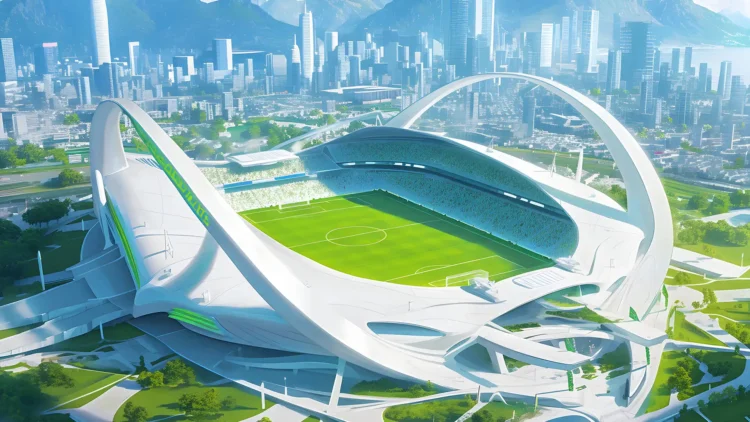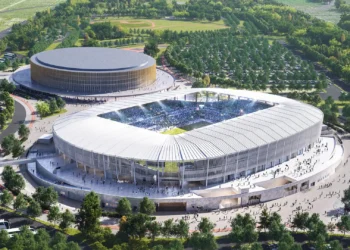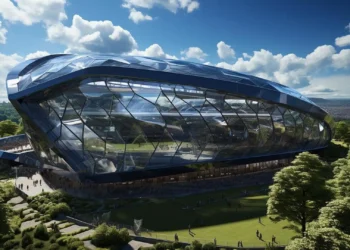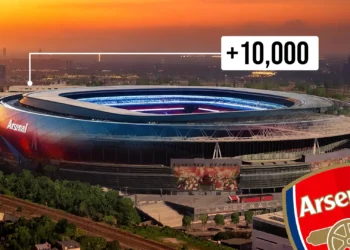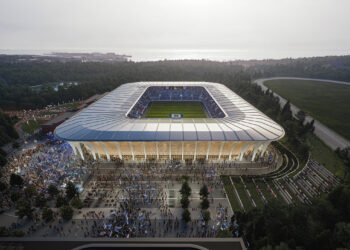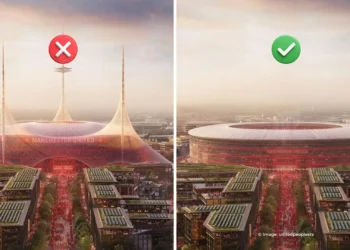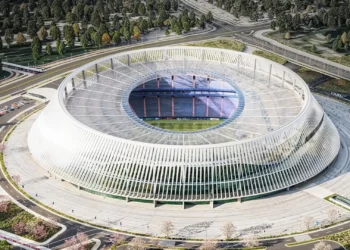Football stadiums have come a long way from simple stands and open fields. With technology advancing at lightning speed and climate challenges reshaping the way we build, the stadiums of the future may look nothing like what we know today. Here’s a look into the not-so-distant future—what football stadiums might actually look like by the year 2100.
1. Climate-Proof Structures
Rising temperatures, intense storms, and sea-level rise will push architects to build stadiums that are climate-resilient. Expect retractable roofs that adapt to weather in real-time, water-collection systems to recycle rain, and energy-efficient designs built to withstand extreme conditions.
2. Floating or Underwater Stadiums
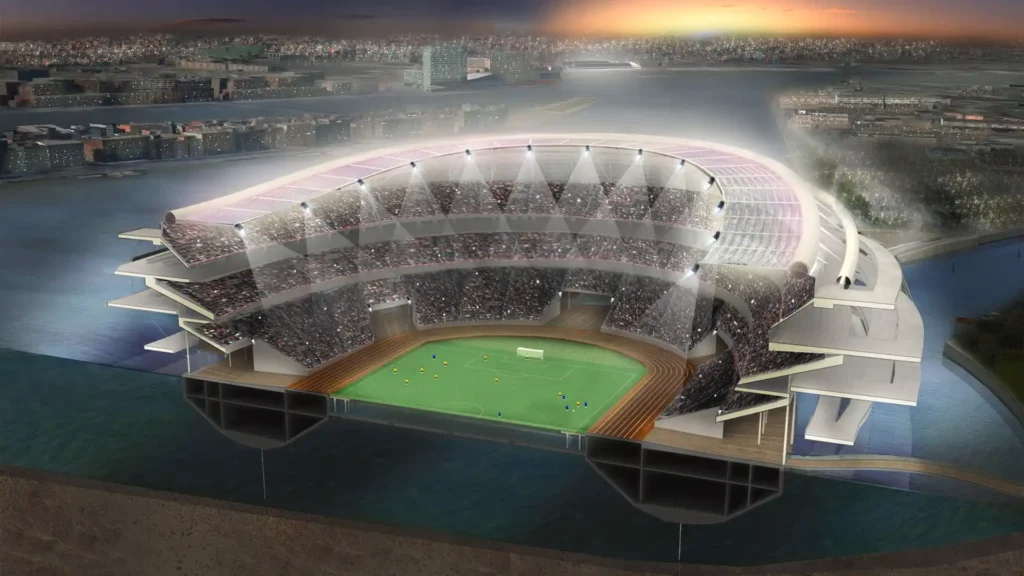
With land scarcity and rising seas, floating stadiums could become a reality. Some futurists imagine matches held in stadiums that float on water—or even partially underwater—with fans watching games through massive glass walls submerged below sea level.
3. Fully Immersive AR/VR Experiences
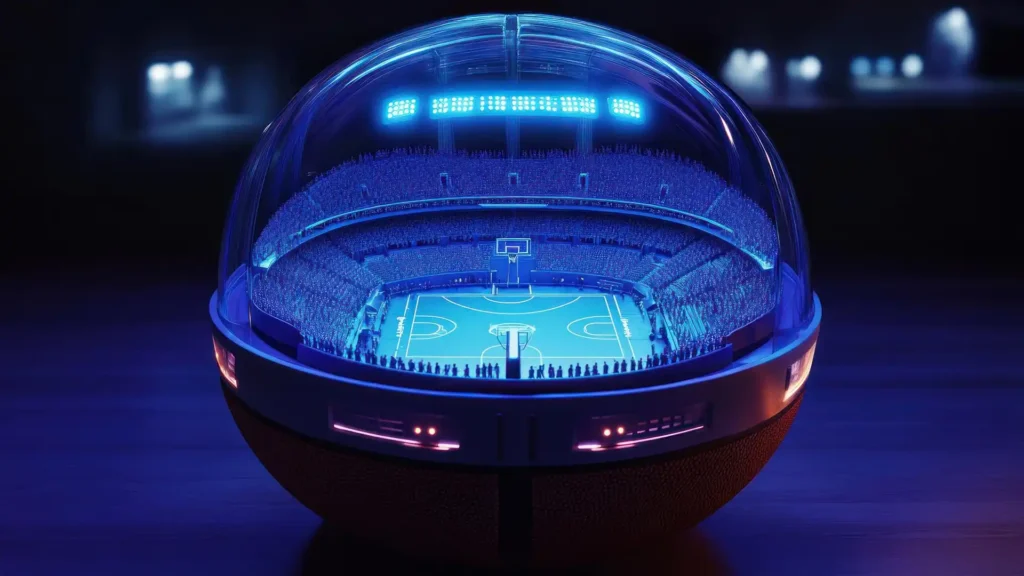
Forget traditional seats. By 2100, fans may attend matches through hyper-realistic virtual reality or augmented reality. Stadiums will offer holographic replays, multi-angle AR projections, and real-time data overlaid on the field while you watch.
4. Stadiums Powered by Fans

Sustainability will be key. Future stadiums might harvest energy from fan movement—walking, jumping, cheering—and store it in the venue’s power grid. Some concepts already exist today, and by 2100, this might be the norm.
5. Adaptive Seating & Smart Architecture
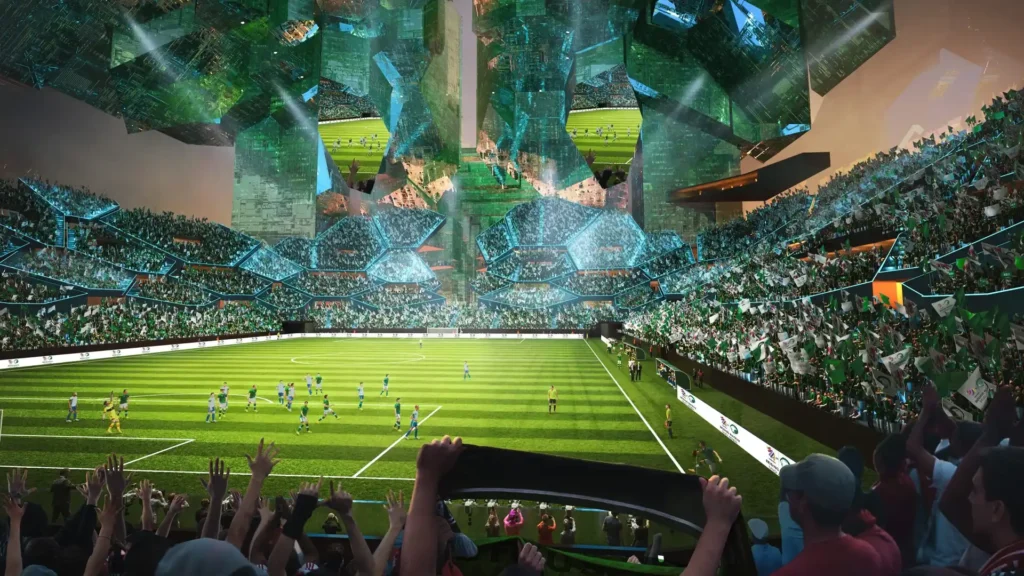
Using AI and robotics, stadium seating could shift and adapt in real time. Need a more intimate concert vibe or expand for a World Cup final? The stadium will transform instantly—walls and stands moving like mechanical organisms.
6. Vertical Stadiums
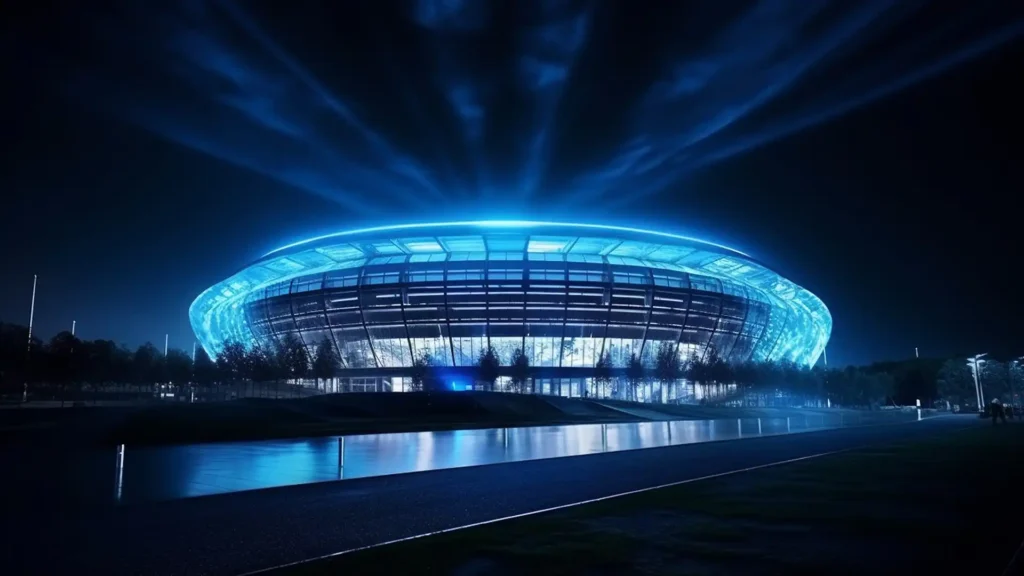
Due to urban density, future stadiums might rise vertically instead of expanding horizontally. Multi-level playing fields, stacked arenas, and rooftop fan zones could redefine what a stadium even looks like.
7. Bio-Integrated Designs
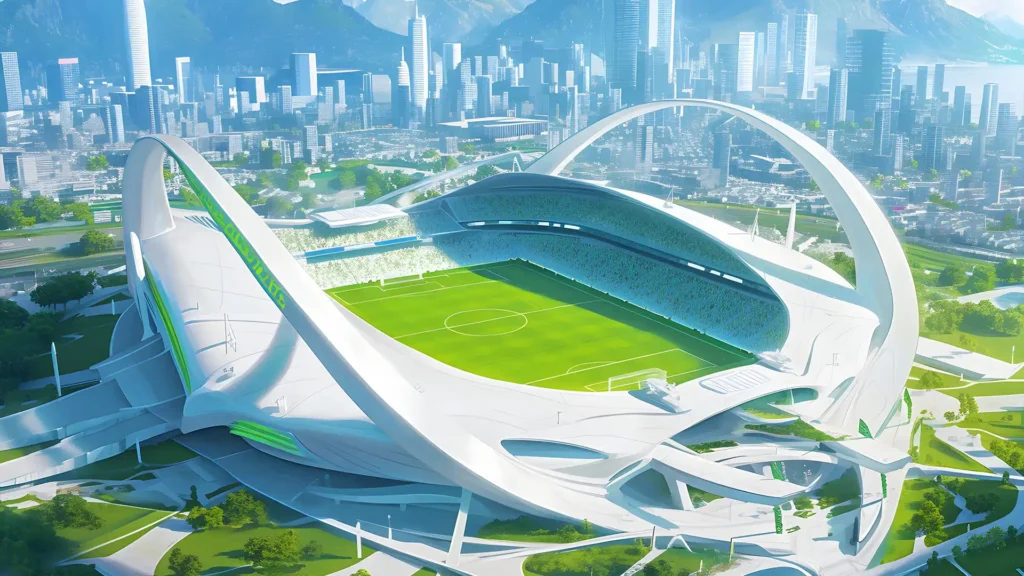
Expect living walls, oxygen-producing roofs, and structures made from smart, self-healing materials. These bio-integrated stadiums won’t just be eco-friendly—they’ll feel alive.
8. Autonomous Transportation Hubs
Getting to the match in 2100 will be a seamless experience. Stadiums will connect directly to self-driving car zones, hyperloop stations, or even drone ports. Fans might arrive in minutes with zero traffic.
9. Multi-Sensory Fan Experiences
Sound, smell, temperature, and even vibration will be programmable. Imagine feeling the turf tremble after a goal or smelling the fresh-cut grass no matter where you’re sitting.
10. Borderless Stadiums

Using holograms and immersive streaming, stadiums could become “borderless.” One match played in Tokyo could be experienced in real-time by fans in London, São Paulo, or Lagos—inside physical replica stadiums synced to every moment.
While 2100 may sound far away, many of these innovations are already being tested today. The stadium of the future won’t just be a place to watch football—it’ll be a living, breathing ecosystem designed to thrill every sense, adapt to the planet, and connect the world like never before.

